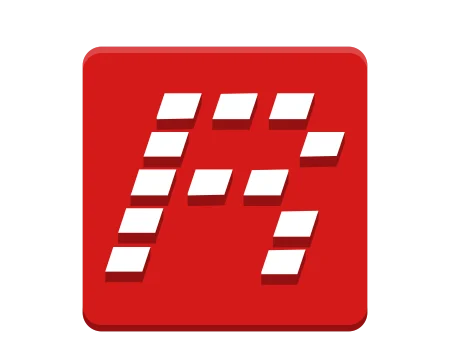RECON-NG ULTIMATE GUIDE
Tool Review & Analysis
Cleared Workforce is a specialty search firm focused on security-cleared Talent Recruitment for Government Contractors.
100+
product reviews of trending tech
100+
tech written guides for users
100+
tech tools in our tool database

RECON-NG
Recon-NG is a powerful web-based reconnaissance framework designed for information gathering and vulnerability identification in the field of cybersecurity. It utilizes a modular approach, allowing users to efficiently collect and analyze data about a target using a variety of tools and techniques integrated within its ecosystem.
Section 1
Installation & Setup
Recon-NG is a powerful reconnaissance framework designed for information gathering and vulnerability scanning in cybersecurity. Installation and setup are straightforward but require attention to detail to ensure the tool functions correctly.
To install Recon-NG, you will need Python 3.7 or newer. First, ensure that Python and pip are installed on your system. You can verify this by running python --version and pip --version in your terminal. If Python is not installed, download and install it from the official Python website.
python --version && pip --versionOnce Python and pip are ready, you can install Recon-NG by cloning the repository from GitHub using the command: git clone https://github.com/lanmaster53/recon-ng.git.
git clone https://github.com/lanmaster53/recon-ng.gitNavigate into the cloned directory using cd recon-ng.
cd recon-ngInstall the required dependencies by running pip install -r REQUIREMENTS.
pip install -r REQUIREMENTSFinally, start Recon-NG by typing ./recon-ng in the terminal. This should launch the Recon-NG interface.
./recon-ngSection 2
Features and Capabilities
Recon-NG is equipped with a wide range of modules and capabilities designed to streamline the reconnaissance phase of a security assessment.
Recon-NG provides modules for discovering hosts, harvesting emails, finding vulnerabilities, and more. Its modular framework allows for the easy development and integration of new modules. Key features include the ability to automate tasks, integration with major APIs, and the flexibility to export data in various formats. Modules are categorized into different types, such as discovery, reporting, and exploitation, making it easier to navigate through the tool’s capabilities.
Section 3
Advanced Usage and Techniques
As users become more familiar with Recon-NG, they can leverage its advanced features to conduct more in-depth reconnaissance.
Advanced users can create custom modules or modify existing ones to fit their specific needs. Recon-NG supports scripting that allows for automated task execution, making it possible to chain different modules and tasks to gather comprehensive datasets.
Additionally, using the reporting modules, users can generate detailed reports of their findings.
Section 4
FAQs
Understanding common questions and misconceptions about Recon-NG can help users maximize its potential.
- Q: How do I update Recon-NG and its modules? A: Run
git pullin the Recon-NG directory to update the framework. For modules, use themarketplace installcommand within Recon-NG to update or reinstall modules. - Q: Can I use Recon-NG without API keys? A: Yes, but functionality will be limited. Many modules require API keys to gather data from external services.
- Q: Is it legal to use Recon-NG for reconnaissance? A: It depends on your jurisdiction and the target. Always obtain proper authorization before gathering data about a target to avoid legal issues.
Section 5
RECON-NG USEFUL COMMANDS
This section provides a concise overview of essential Recon-NG commands that are vital for navigating and utilizing the framework effectively. Each command is accompanied by a brief title and a one-sentence description, making it easier for users to understand their purpose and application within the tool.
Lists all the current workspaces in Recon-NG.
workspaces list.
.
.
